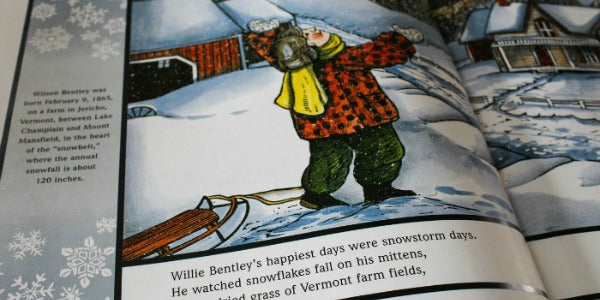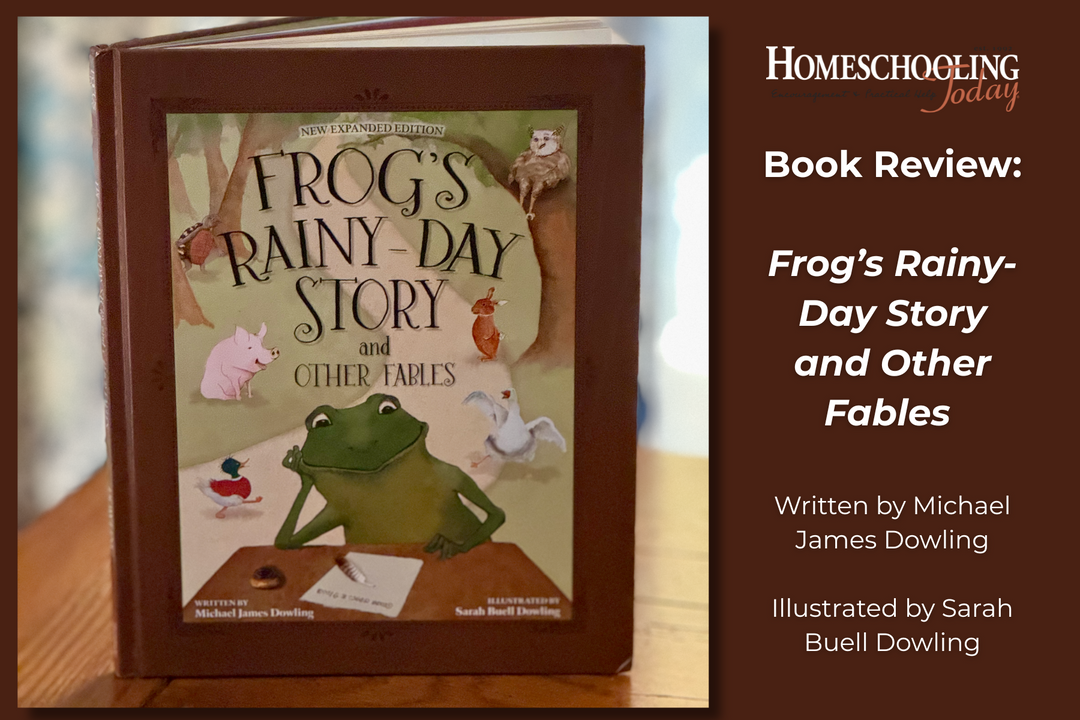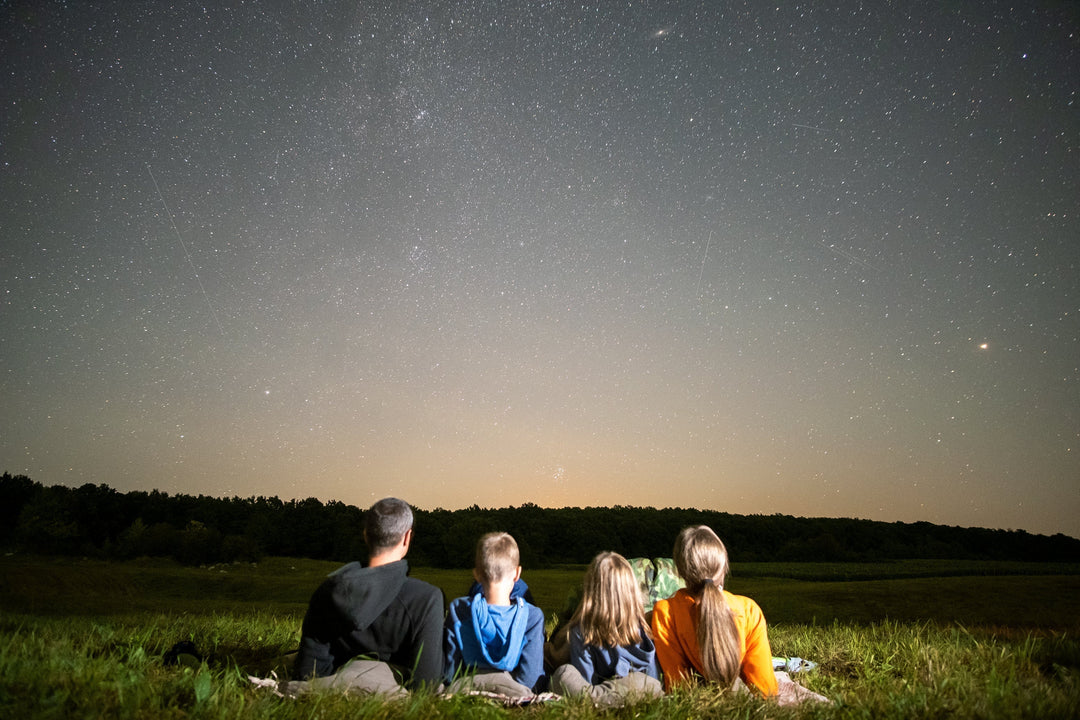Snowflake Bentley Unit Study

The book Snowflake Bentley tells the story of a determined boy, William Bentley, and his curiosity for ice crystals. His quest to photograph snowflakes gave the world brilliant new pictures, wonders never seen before.
Wilson Bentley was born in 1865 on a farm in Vermont where approximately 120 inches of snow blanketed the landscape each winter. As a young boy Wilson observed snowflakes falling on his mittens, grass, and metal barn doors. Mesmerized by the crystals, he was determined to find a way to preserve them. While other children played in the snow, Wilson caught snowflakes and studied them under a microscope his mother gave him.He also observed and recorded the weather.
Eventually, Wilson's parents used their savings to buy him a microscope with a camera attached. With his new equipment he could magnify and photograph the tiny crystals. Neighbors laughed at him, but Wilson was persistent and determined, saying his photographs would be gifts to the world.
Read Snowflake Bentley with your children and use it as a starting point for a unit study. There is so much to be learned from the work of William Bentley. Your kids will have a great time studying it!



Snowflake Bentley Unit Study Ideas
Identify Dawn and Dusk
Wilson Bentley would rise before dawn to capture his microscopic treasures. Dawn is the time of day when it is barely light (twilight), before the sun actually rises above the horizon. At that time of day Wilson photographed beads of water on spider webs and dew droplets on grass. Dusk, on the other hand, is the word used to denote the time between day and night, just before the sun sets. Take walks outside during dawn and dusk. What activities are taking place? What animals are active? Where is the sun in the sky? Compared to mid-day, are the temperatures cooler at these times of day?Find Vermont
Vermont is in New England. Locate Vermont on the map. The capital of Vermont is Montpelier. Find the state capital. For handwriting practice, write Vermont. The Desk Atlas Of The United States from Geography Matters would be a great place to look for more Vermont information. Vermont is known for its production of maple syrup which is made from the sap of maple trees. Read From Maple Trees to Maple Syrup, by Kristin Thoennes Keller.Draw Hexagons
Many snowflakes or snow crystals are hexagonal prisms. Hexagons are six-sided geometric figures. Practice drawing shapes with six sides. Practice counting to six.











